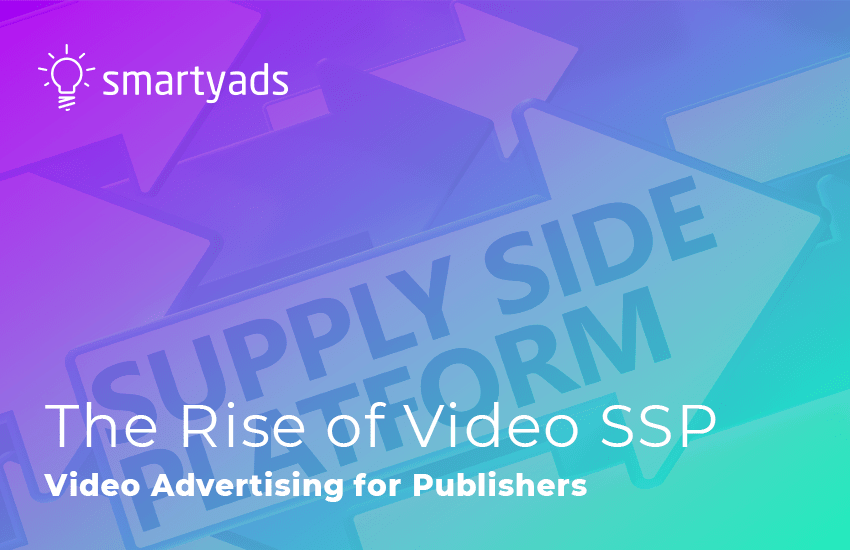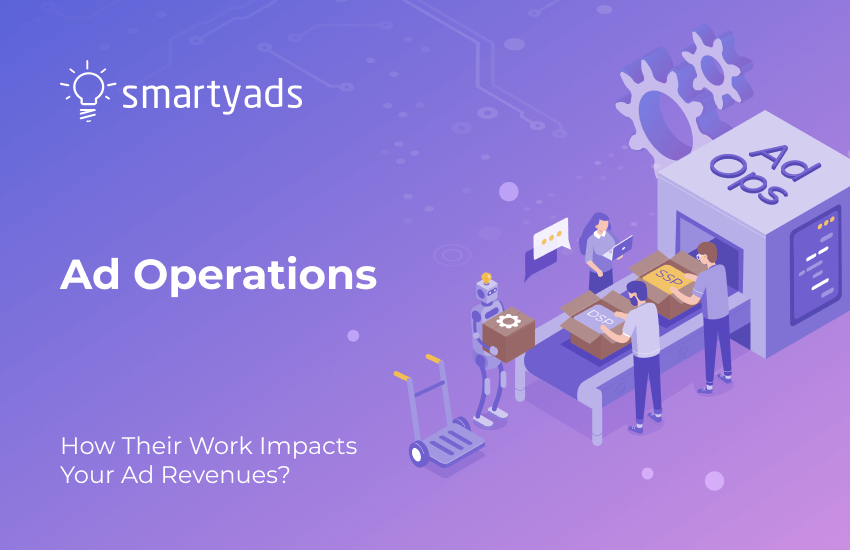Video advertising is becoming more and more successful, video ads were featured among 5 best ad formats that took over 70% of market share in 2018. Customers prefer video formats to standard banner ads because video appeals to both visual and audience senses and provokes a strong emotional response. As opposed to the advertising on TV, video advertising formats feature obvious cost-efficiency advantages: more than 70% of millennials spend time on the web instead of watching TV, besides advertising on the Internet is less costly. Apart from it, advertising with video on the web, advertiser obtains an accurate targeting and transparent analytics, which makes it easy to create a sales funnel and achieve brand-image and conversion-oriented tasks.
What Is Video Advertising?
Using video to connect with a prospect is so much more than making a cold call. It humanizes the selling process. — Jill Rowley, social selling evangelist.
Video advertising is gaining in popularity with 61 percent of businesses incorporating video storytelling into their general marketing strategy in 2016. Video ads can be spotted all over the web and across social networks, enriching communication among consumers and brands by allowing commenting and social sharing.
Programmatic advertising made it possible to deliver highly relevant video messages to targeted audiences. With the rapid development of digital advertising, video ads are becoming less intrusive, complementing the user experience and giving viewers options to discover ads. The most common way to buy and sell video ads is by using digital advertising platforms. Video supply-side platform (SSP) is the newest member of the programmatic family.
What Is Video SSP?
Video SSP can be an extension of the existing supply-side platform or an independent video platform that is dedicated solely to the publisher’s video inventory. Video SSPs allow publishers to customize the display, native, mobile and out-stream video ads through a single user interface. Video SSPs open connection to multiple demand-side platforms, ad networks, agency trading desks (ATDs) and ad exchanges, they allow publishers to stay connected with a range of demand sources and offer video impressions to as many buyers as possible.
The main goal of the video SSP is to streamline the process of selling video ads. Advertisers find it easier to connect with the right audiences and expand their reach using DSP, and publishers are able to maximize the value of their video inventory and generate more yield using SSP.
Video SSPs work just like other supply-side platforms, offering video publishers a range of options for programmatic sales through open real-time bidding (RTB) auctions, programmatic direct, private marketplaces and preferred deals (more information about effective ways of inventory monetization you can find here). However, pure video inventory is still scarce. This makes it rare and expensive, which is the reason why premium video publishers look for the first-tier advertisers to ensure scale and guarantee 100% percent fill rates. Video SSPs address this issue effectively connecting active video buyers with global or local publishers programmatically.
Currently, the vast majority of video inventory is transacted via private marketplaces and premium or direct sales, which require a publisher and a media buyer to negotiate prices beforehand or establish exclusive partnerships. Nonetheless, with the technological improvements and saturation of the video advertising environment, there is an increasing number of video impressions available for open auctions.
How to recognize a good video SSP
It must be:
- Connected to a multitude of trusted demand partners;
- Provide tools for processing video of different sizes, resolutions, bitrates, stream-rates, file types, and formats;
- Ensure minimized load time and reduced latency;
- Have a powerful conversion capability to serve videos compliant to all relevant players, cross-device and across borders; Handle in-stream and out-stream video inventory;
- Support IAB’s standard video formats, such as VAST (2.2 and 2.3), VPAID (Flash and JavaScript) and VMAP (read more here);
- Contain header-bidding solutions for publishers;
- Be a cross-screen platform and mediate video ads for the desktop, mobile web, tablets, apps, and connected TV;
- Offer a sufficient level of customer support for troubleshooting and consulting.
Afterword for Digital Publishers
If you are a digital publisher or an app developer looking for better ways to monetize your inventory, using video ads is a win-win strategy. Video ads enable premium connections, competitive pricing and boosted sales performance. Video ads receive the highest click-through-rates (1.84 percent) compared to other digital formats, making video ads appealing to media buyers as well. The future of marketing is about the video, so be the publisher to shape that reality.




